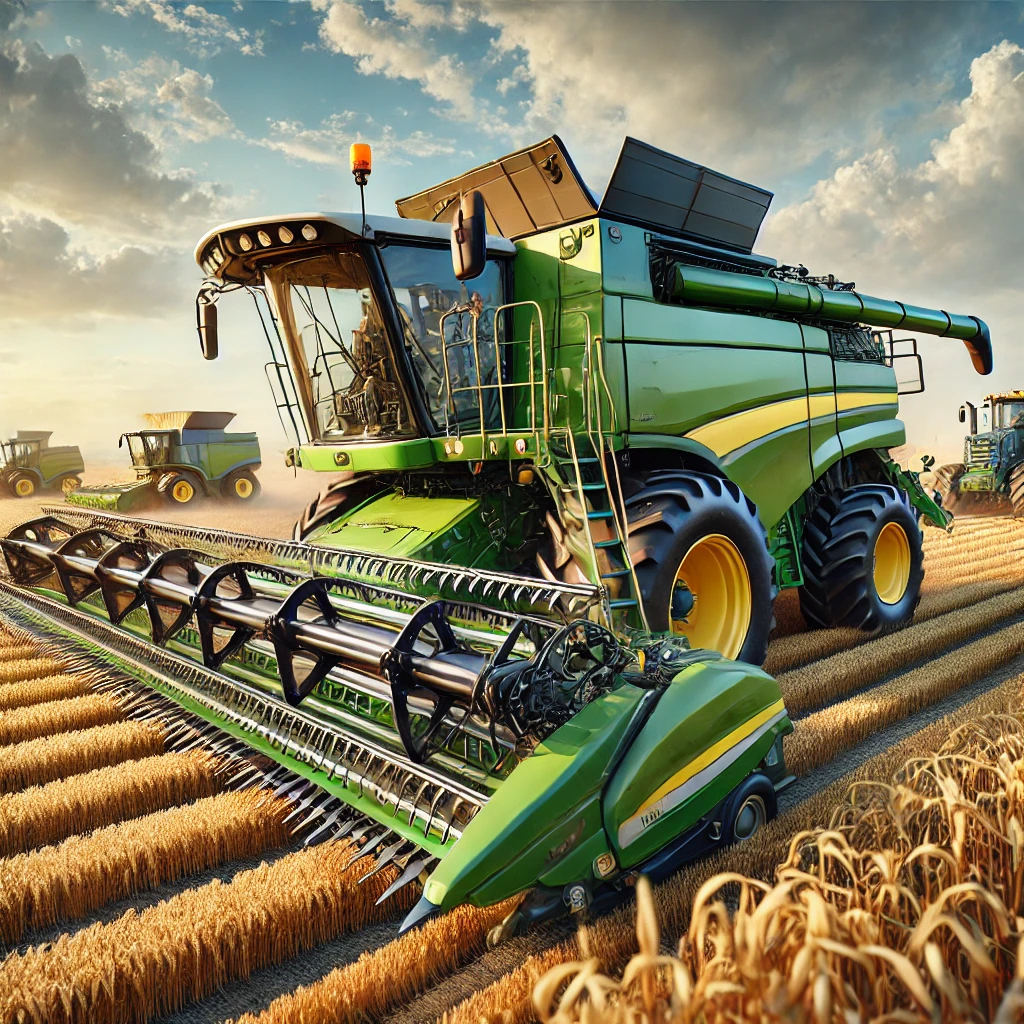Variable Rate Technology (VRT) has revolutionized the agricultural sector, particularly in the realm of precision seeding. This technology allows farmers to optimize seed placement and density, leading to increased crop yields and more efficient use of resources. In this article, we will explore the role of VRT in precision seeding, examining its benefits, challenges, and future prospects.
Understanding Variable Rate Technology (VRT)
Variable Rate Technology (VRT) refers to the use of advanced machinery and software to apply inputs such as seeds, fertilizers, and pesticides at variable rates across a field. This technology relies on data collected from various sources, including soil samples, satellite imagery, and GPS mapping, to make informed decisions about the optimal application rates for different areas of a field.
Components of VRT
VRT systems typically consist of several key components:
- Data Collection: This involves gathering information about soil properties, crop health, and environmental conditions. Common tools for data collection include soil sensors, drones, and satellite imagery.
- Data Analysis: Once data is collected, it is analyzed using specialized software to create detailed maps of the field. These maps highlight variations in soil fertility, moisture levels, and other factors that can impact crop growth.
- Application Equipment: VRT-enabled machinery, such as seed drills and planters, use the data-driven maps to adjust the application rates of seeds and other inputs in real-time. This ensures that each area of the field receives the optimal amount of resources.
Benefits of VRT in Precision Seeding
The integration of VRT in precision seeding offers numerous advantages for farmers:
Increased Crop Yields
By tailoring seed placement and density to the specific needs of different areas within a field, VRT helps to maximize crop yields. This is achieved by ensuring that each plant has access to the optimal amount of nutrients, water, and sunlight, reducing competition and promoting healthier growth.
Resource Efficiency
VRT allows for more efficient use of seeds, fertilizers, and other inputs. By applying these resources only where they are needed, farmers can reduce waste and lower their overall input costs. This not only benefits the environment by minimizing the use of chemicals but also improves the economic sustainability of farming operations.
Environmental Benefits
Precision seeding with VRT can lead to significant environmental benefits. By reducing the over-application of fertilizers and pesticides, VRT helps to minimize the risk of runoff and contamination of water sources. Additionally, more efficient use of resources can lead to lower greenhouse gas emissions associated with agricultural production.
Challenges and Limitations
While VRT offers many benefits, there are also several challenges and limitations that need to be addressed:
High Initial Costs
The adoption of VRT requires significant investment in advanced machinery, software, and data collection tools. For many small and medium-sized farms, these initial costs can be prohibitive. However, as the technology becomes more widespread and affordable, it is expected that more farmers will be able to take advantage of VRT.
Data Management
Effective use of VRT relies on the collection and analysis of large amounts of data. Managing this data can be complex and time-consuming, requiring specialized knowledge and skills. Farmers may need to invest in training or hire experts to help them make the most of VRT.
Technical Issues
Like any advanced technology, VRT systems can be prone to technical issues and malfunctions. Ensuring that equipment is properly maintained and updated is crucial for the successful implementation of VRT. Additionally, farmers need to be prepared to troubleshoot and resolve any issues that may arise.
Future Prospects of VRT in Precision Seeding
Despite the challenges, the future of VRT in precision seeding looks promising. Advances in technology and data analytics are expected to further enhance the capabilities of VRT, making it more accessible and effective for farmers of all sizes.
Integration with Other Technologies
One of the most exciting prospects for VRT is its integration with other emerging technologies, such as artificial intelligence (AI) and machine learning. These technologies can help to further refine data analysis and decision-making processes, leading to even more precise and efficient seeding practices.
Improved Accessibility
As the cost of VRT equipment and software continues to decrease, it is expected that more farmers will be able to adopt this technology. Additionally, government programs and subsidies may help to offset some of the initial costs, making VRT more accessible to a wider range of farmers.
Enhanced Sustainability
The continued development and adoption of VRT have the potential to significantly enhance the sustainability of agricultural practices. By optimizing resource use and minimizing environmental impact, VRT can help to ensure that farming remains viable and productive for future generations.
In conclusion, Variable Rate Technology (VRT) plays a crucial role in precision seeding, offering numerous benefits in terms of increased crop yields, resource efficiency, and environmental sustainability. While there are challenges to be addressed, the future prospects for VRT are bright, with ongoing advancements in technology and data analytics expected to further enhance its capabilities. As more farmers adopt VRT, it is likely to become an integral part of modern agricultural practices, helping to ensure the long-term success and sustainability of the farming industry.
